Urban travel in private cars must give way to alternative modes of transport that are equally efficient and less polluting.
It’s no simple goal, and this is especially true for veteran drivers, who have grown accustomed over the decades to believing that the shortest route between two points is a line, as straight and fluid as possible, between their home garage and the one closest to their workplace. According to a recent study, 90% of all daily trips in Berlin, Hamburg, Paris, and Copenhagen are made by a single mode of transport, which is typically a car.
In any case, it’s also worth noting that, thanks to public transport, private cars account for only 30% of trips in Berlin, 42% in Hamburg, 33% in Copenhagen, and 38% in Paris. These are the trips that should be increasingly covered by intermodal transport, which already accounts for 9.4% of trips in Berlin and more than 7% in Hamburg and Paris. Copenhagen has very low levels of intermodality, but this is not worrying because it is due to the intensive and exclusive use of bicycles.
Public transport-based intermodality offers many benefits compared to the intensive use of private cars. According to a European Union analysis, “the most important benefits are related to a reduction in air pollution, through lower levels of NOx, PM, and SO2 , as well as lower levels of CO2 emissions.“
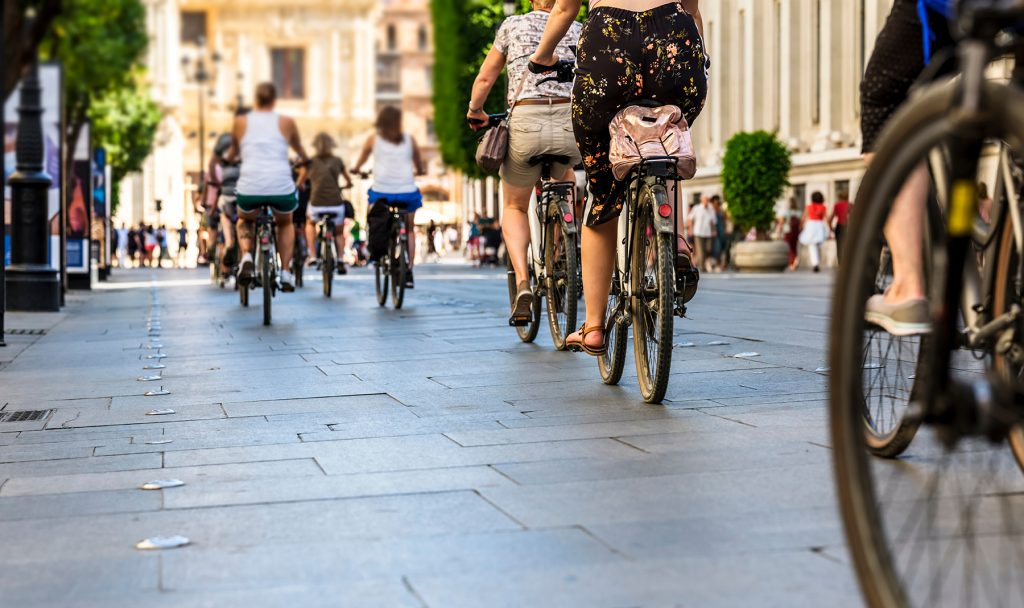
“Where walking and cycling replace motorized traffic,” the analysis continues, “good intermodal systems can also reduce noise levels, which currently cause severe stress (above 55 Lden, the official EU standard) for nearly 67 million people, i.e., 55% of the population living in cities with more than 250,000 inhabitants.”
“The less exclusive and less intensive use of private cars,” the analysis warns, “also has positive effects on congestion levels and land use.” After all, if there are fewer cars, there may also be less space for them to travel and park. And if the latter occurs, then, instead of large parking lots or streets filled with vehicles, public parks, green areas, and other social spaces will be built.
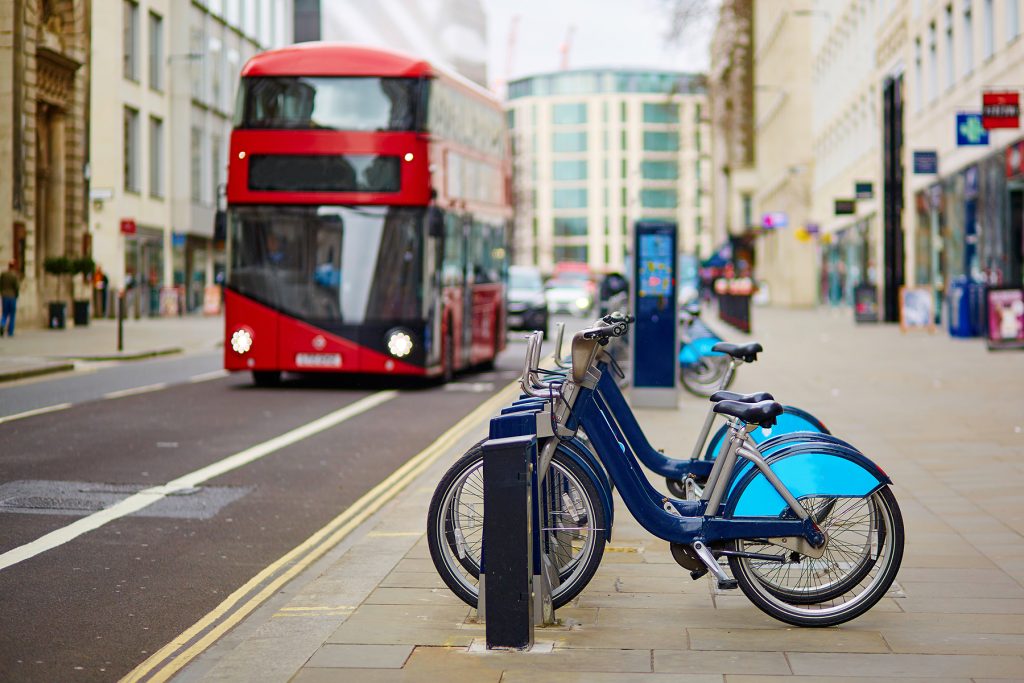
London could become an example of a major metropolis increasingly opting for intermodality based on public transport rather than the intensive use of private cars. We are talking, some experts say, about “a megacity with numerous high-density population centers that require large interchanges,” among which the most notable is “the Vauxhall Interchange, a large complex that connects the London Underground with buses, as well as with Barclays bicycle and bike rental stations.”
But in addition to solid public transport infrastructure, cities like London have other elements such as the development of software that allows for intermodal trip planning, an integrated ticketing system for major modes of transport, and traffic restrictions that make it difficult and expensive for private vehicles to enter and remain in heavily congested urban centers.
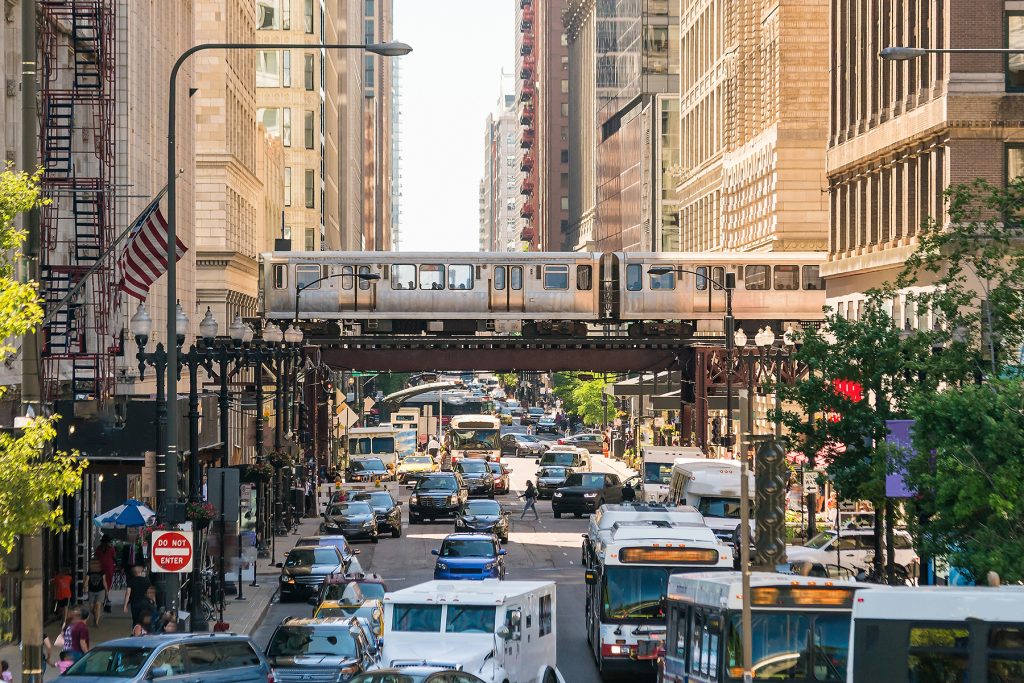
Other key variables


In any case, the success or failure of expanding intermodality based on public transport versus the intensive use of private cars will also depend on other important variables, such as, for example, the aging of the population.
A significant portion of seniors have grown accustomed to intensive car use in the city and not only want to continue doing so, but increasing vehicle automation can make it easier for them well into later life. What’s more, if autonomous vehicles live up to their promise, seniors could continue using their cars many years after they no longer feel capable of driving them safely.
Young people tend to be more open to intermodal transportation based on public or shared transportation than the older population, a fact reflected in their lower interest in obtaining a driver’s license, owning a vehicle, or traveling more miles by car.
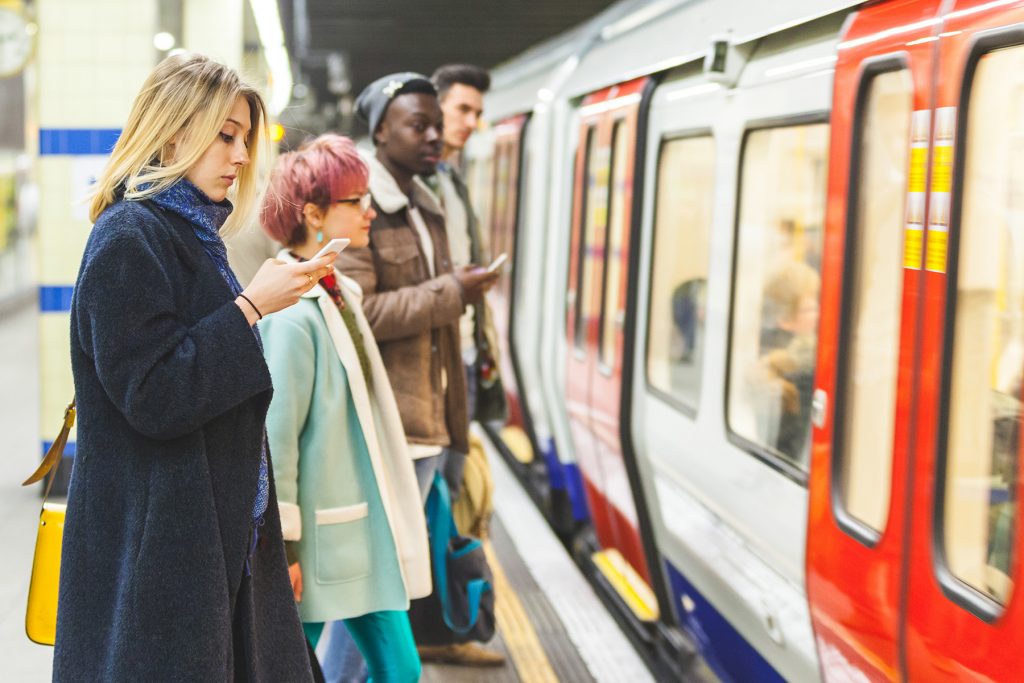
In addition to young people, another factor that can favor intermodality based on public transport is the rapid growth of cities. The metro and train become more attractive if, as is the case with the expansion of large cities like Madrid, the average distances to work also increase, and those distances take longer to travel because there are more cars on the road and, therefore, more traffic jams.
In the three decades from 2005 to 2035, London could increase its population by three million, Paris by two million, Madrid by one and a half million, and Shanghai by almost 17 million.
Another aspect that favors intermodality, according to experts, is “new forms of transportation, such as electric bicycles and car rental and ride-sharing platforms, which expand mobility options for older adults without needing a car.” Younger people may be able and willing to take advantage of these new services, but that doesn’t mean older adults won’t take advantage of them.
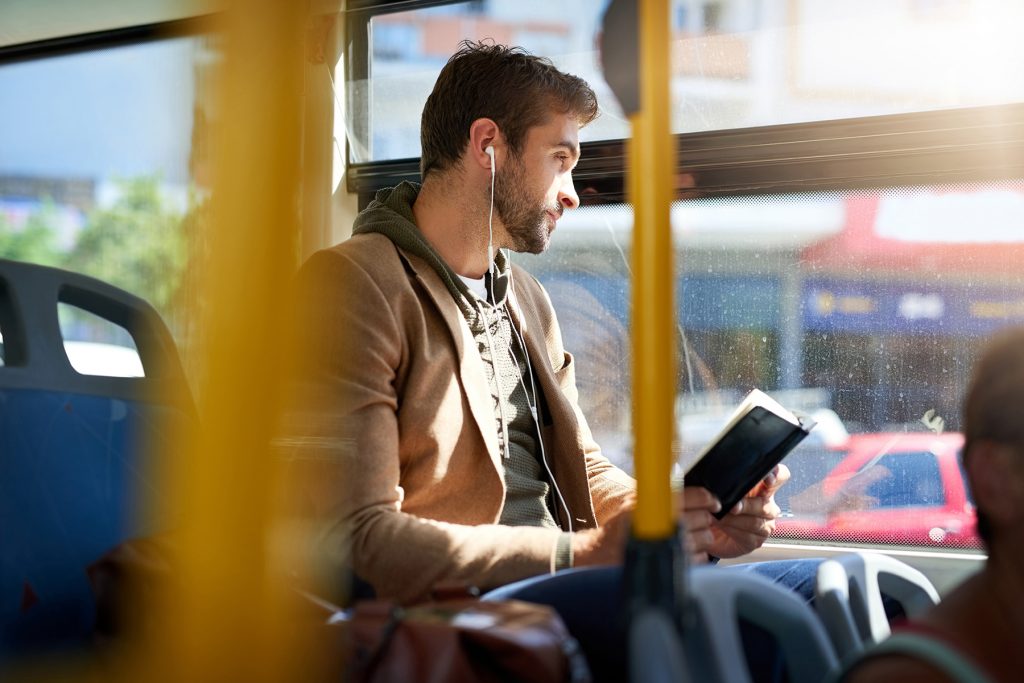
Interestingly, individualism and the resulting reduction in household size can also fuel intermodality. Ultimately, experts warn, “more complex mobility is required to establish and maintain social contacts, as well as to perform other activities, which in turn increases transport demand.” Furthermore, they continue, people’s mobility needs “become more complex due to the liberalization of working hours and conditions, which makes travel patterns less regular.”
Digitalization and technological progress are also having a huge impact on facilitating intermodality compared to travel in private cars. Furthermore, they point out, “mobility can be considered digitalized with the new expectations of the connected traveler, new uses of travel time, and new types of services made possible by the digital revolution.” Technological progress, for its part, is able to offer multiple shared mobility options and new tools to easily plan a trip using two or three different modes of transport.
All of these trends—from the digitalization of driving and commuting to the growing challenges of increasingly dispersed and smaller households, the rapid growth of large cities, the new trends adopted by young people, and the deployment of new modes of transport such as bicycles and electric scooters—are making intermodality an increasingly attractive alternative for millions of people who, for the time being, prefer the car as their sole means of transport.